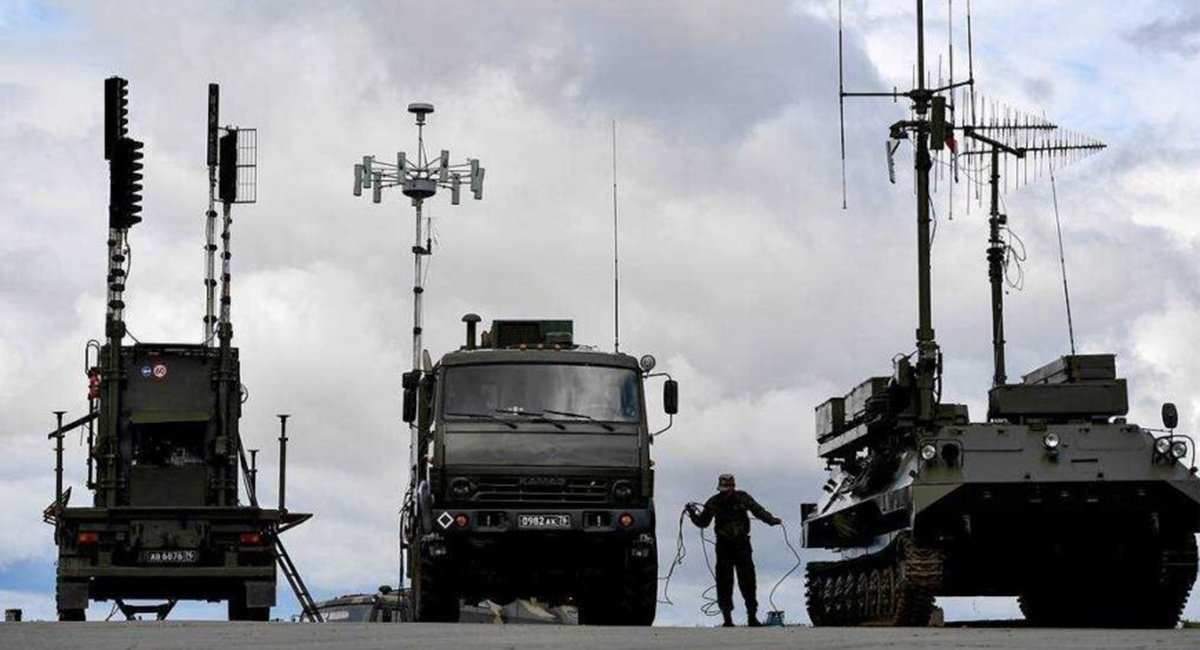
Is Russian electronic warfare really that powerful at the front, and what are its real capabilities?
One of the challenges of Russia’s full-scale war against Ukraine is the active use of various types of electronic warfare by the occupying forces, which creates problems for our defenders and requires the search for symmetrical or asymmetrical countermeasures.
But before we look for such means, we need to understand the real capabilities of electronic warfare means at the disposal of the Russian army, and at the same time trace the evolution of how the Russian occupiers used their electronic warfare means in the war against Ukraine.
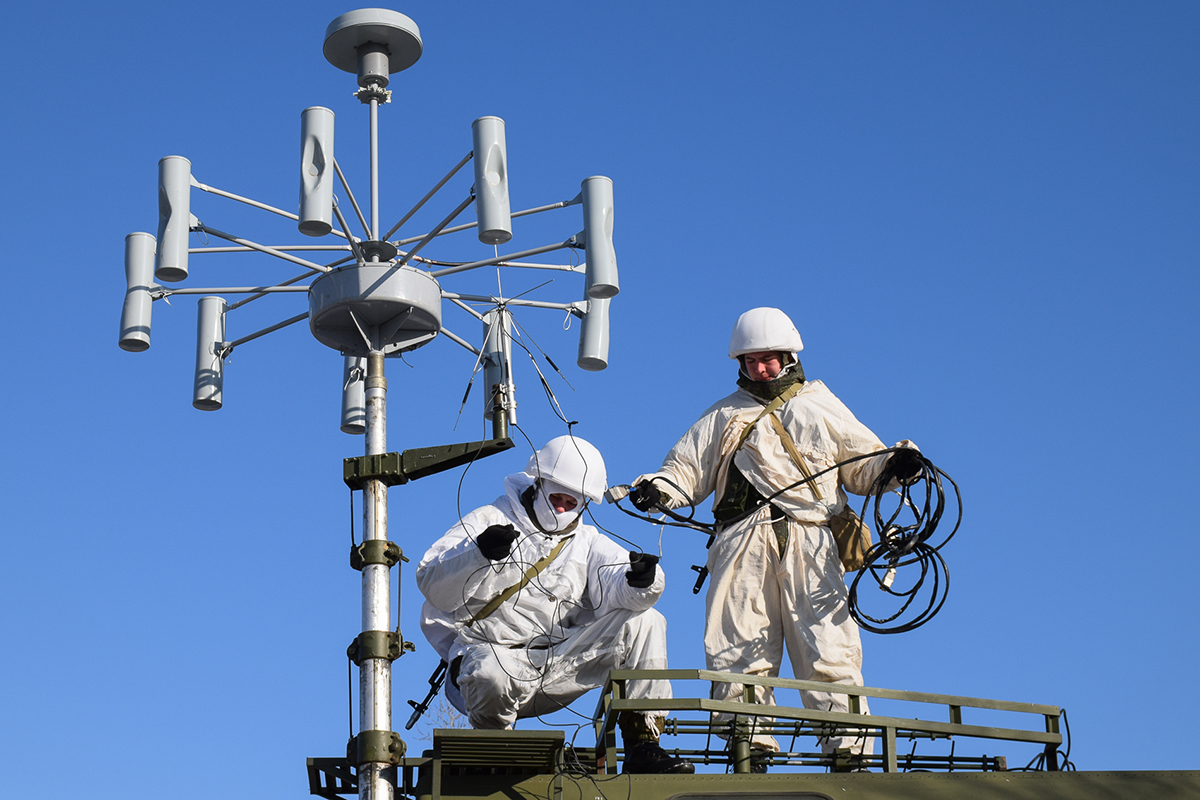
Here we can use the publication of the Polish portal Defence24, whose authors used data from open sources for generalizations. The following picture emerges from this publication.
As of February 2022, the Russian army had a total of 5 electronic warfare brigades, of which three were used to invade Ukraine. These units had two main tasks: to counter our air defense assets and to provide general support to the battalion tactical groups (for which each BTG was assigned an electronic warfare company).
However, these enemy units were not able to achieve their objectives by 100%, due to several factors: the maneuverable nature of the fighting, the lack of coordination between their units, and the shortcomings of the elemental base of both electronic warfare and communication means at the disposal of the Russian army. As a result, the Russian “electronic engineers” did more damage to their own troops, achieved limited success in countering our air defense, and even failed to “put down” mobile communications in Kyiv itself (although they were clearly trying to accomplish this task).
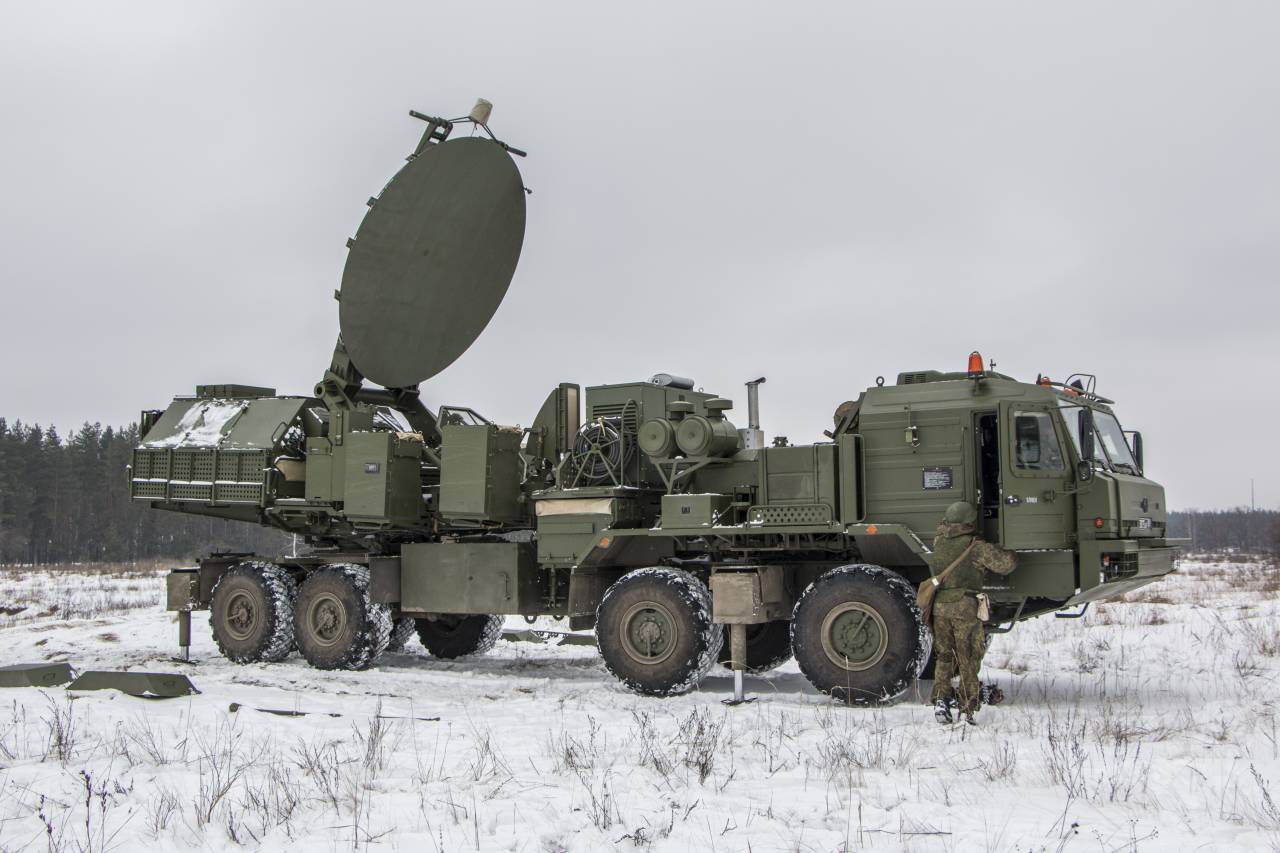
The situation was different during the battles in eastern Ukraine, in particular during the siege of Mariupol, where the front line was more “static”, which gave more opportunities for the Rashists to use electronic warfare, and in some cases the density of electronic warfare equipment could reach 19 units per 20 kilometers of front.
If we talk about the current state of affairs, it looks like this. The Russian army does have a certain advantage over the Ukrainian Armed Forces in terms of the intensity of the use of electronic warfare, but this is only because the enemy simply has more stations for electronic warfare. And the real functionality of these tools may be at least exaggerated. However, at the same time, the enemy is constantly trying to improve the means and methods of conducting electronic warfare.

For example, the claims that Russian electronic warfare systems can allegedly throw off course Western-style guided munitions in the Armed Forces of Ukraine, such as JDAM-ER bombs, 155-mm guided shells, or GMLRS missiles, may be exaggerated at the very least.
Yes, the Russian occupiers may indeed try to do so, but the effectiveness of their efforts may be debatable, to put it mildly, since Western guided munitions, among other things, are also equipped with anti-jamming units to better perceive the signal for GPS navigation.
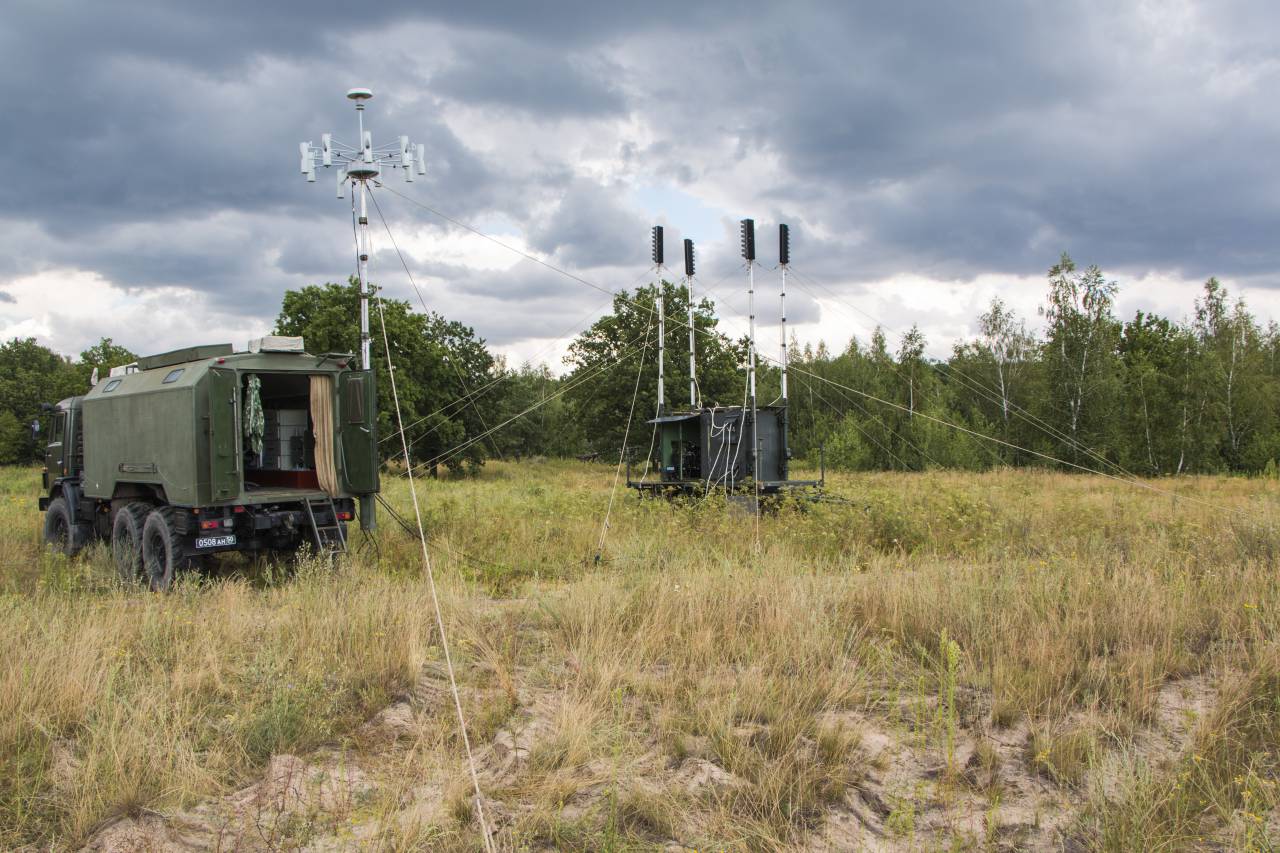
As for counteracting our drones, Russian electronic warfare equipment can only perform two functions: either block the GPS receiver or block the drone’s control circuit via radio.
But the extent to which the Russian occupiers themselves are skeptical about their capabilities here can be seen in the following fact: if we summarize the data of the Russian Ministry of Defense, which have clear traces of propaganda exaggeration, during the entire period of the full-scale war against Ukraine, the Russian military allegedly managed to shoot down or suppress only about 4,500 drones of all types with electronic warfare. This is actually much less than some figures on the level of losses that may be claimed by our side (i.e., Ukraine).
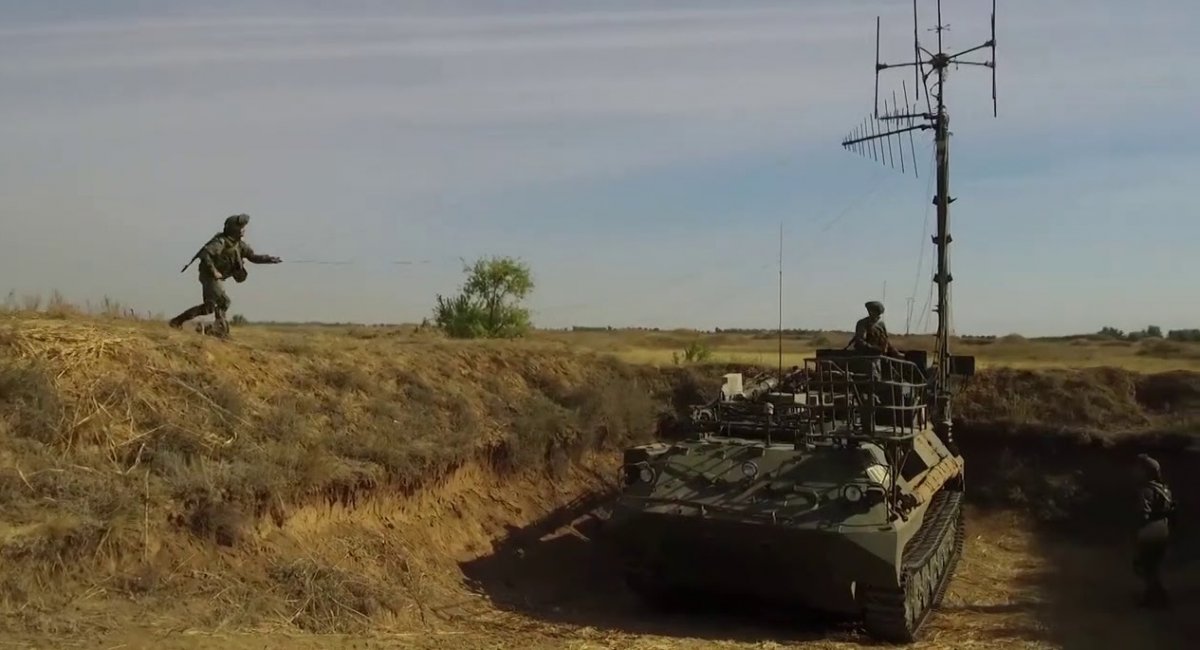
As for the Russian electronic warfare systems, which are designed to counteract the communication systems of the Armed Forces, the real functionality of the enemy’s “electronic warfare”, according to the authors of Defence24, is limited only by the ability to detect the communication means of our defenders and to direct artillery at the detected coordinates.
But it is also fair to say that the Armed Forces of Ukraine have their own capabilities to counter Russian electronic warfare. In particular, thanks to the radio reconnaissance stations received as part of the assistance from the West (as stated by the authors of Defence24). This equipment helps our defenders to detect Russian electronic warfare stations and then destroy them with the same 155-mm guided missiles.
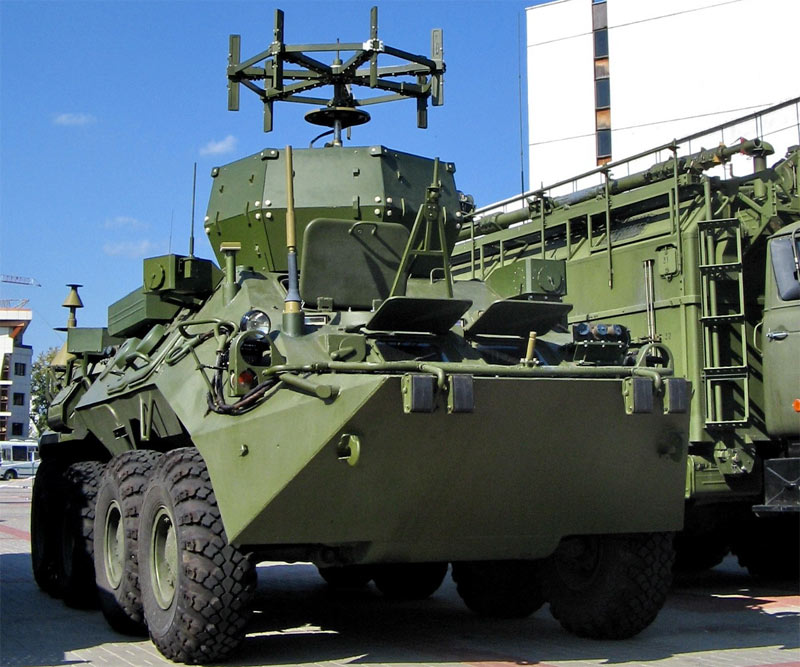
And how significant the success of the Ukrainian Armed Forces can be is demonstrated by the following figures: according to conservative estimates by the Oryx portal, our defenders destroyed at least 41 enemy electronic warfare stations, the actual number may exceed more than 100 units.
At the same time, the conditional “first place” in the list of destroyed Russian electronic warfare stations belongs to the enemy’s R-330Zh “Zhitel” station (at least 8 units), which performs the functions of suppressing GPS navigation, and the “Borisoglebsk” station (at least 10 units lost), designed to counteract the means of communication at the disposal of the Armed Forces of Ukraine.

